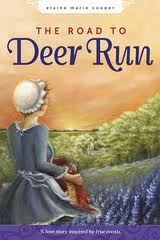Queen, by Heather Gray
  Today I read Queen (Regency Refuge Book 3).  It was the perfect way to spend a quiet Sunday — with murder’s, thieves, cut-throats, and traitors.  The twists and turns of this story — of the entire series, in fact — has kept me on the edge of my seat, and flipping [...]

